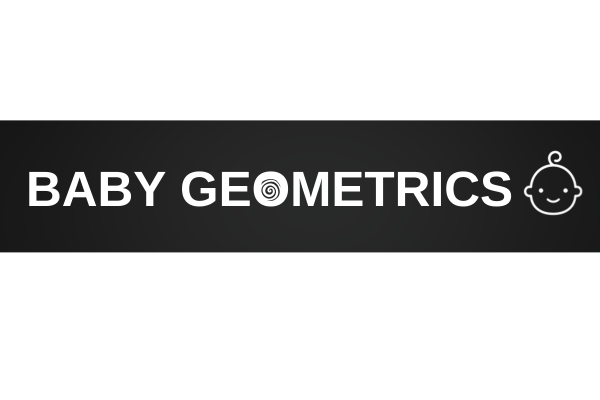How to Introduce High-Contrast Flashcards to Your Newborn
From the very first weeks of life, your baby’s vision is still developing. At birth, infants can only see about 8–12 inches away, and they respond best to bold, high-contrast colors—especially black, white, and red. High-contrast flashcards are one of the simplest and most effective tools to support early visual and cognitive development. But how do you introduce them to your newborn in a way that feels natural and engaging?
Why High-Contrast Flashcards Work
High-contrast visuals stand out clearly to newborn eyes, helping babies practice focusing and tracking movement. This kind of visual engagement strengthens neural pathways in the brain, laying the foundation for later learning, recognition, and problem-solving skills. Using flashcards also provides opportunities for bonding as your baby connects with both the images and your interaction.
When to Start
You can begin introducing high-contrast flashcards as early as the first few weeks after birth. At this stage, babies can only concentrate for a few minutes at a time, so keep sessions short but consistent. Over time, as their vision and focus improve, you can gradually increase the length and variety of the sessions.
Tips for Using High-Contrast Flashcards with Your Baby
1. Start Close and Slow
Hold the flashcards 8–12 inches from your baby’s face, since this is the distance they can see most clearly. Move the card slowly from side to side, giving them time to track the image with their eyes.
2. Limit Each Session
Begin with just a few minutes per session, two or three times a day. Watch your baby’s cues—if they turn away or become fussy, it’s time to stop.
3. Rotate Designs Regularly
Babies learn quickly, so introduce new cards every few days to keep their attention. Rotating patterns encourages curiosity while preventing overstimulation.
4. Use During Routine Moments
Incorporate flashcards into daily routines such as tummy time or diaper changes. These quiet, consistent moments are perfect opportunities for visual engagement.
5. Make It Interactive
Talk to your baby while showing the cards. Describe the shapes, lines, or patterns in a calm voice. Your words, tone, and facial expressions add another layer of sensory learning.
Long-Term Benefits
Introducing high-contrast flashcards early helps babies strengthen their vision, improves focus and attention span, and lays the groundwork for cognitive growth. Beyond brain development, flashcard time creates moments of bonding, as your baby learns to associate the activity with your presence, voice, and love.

